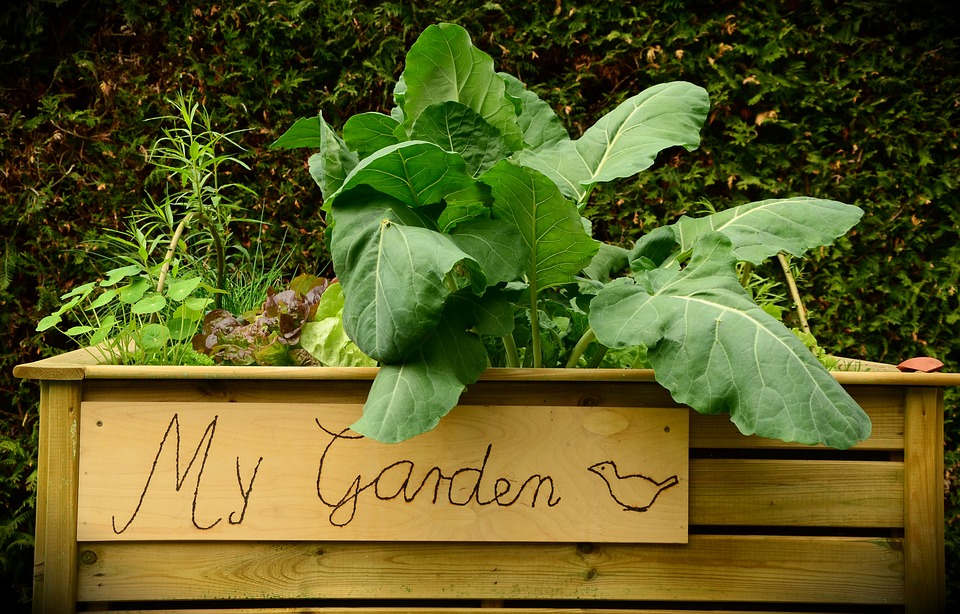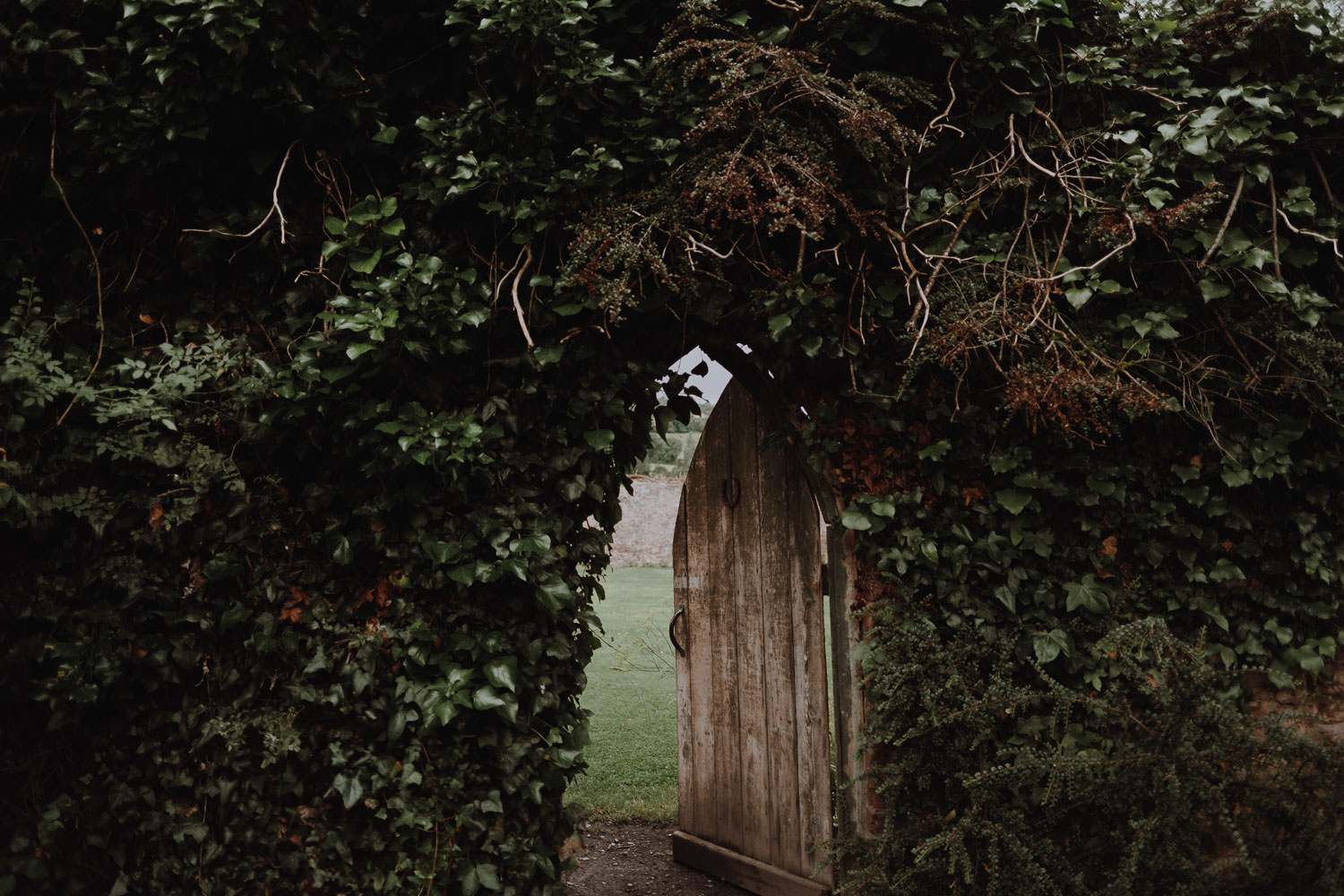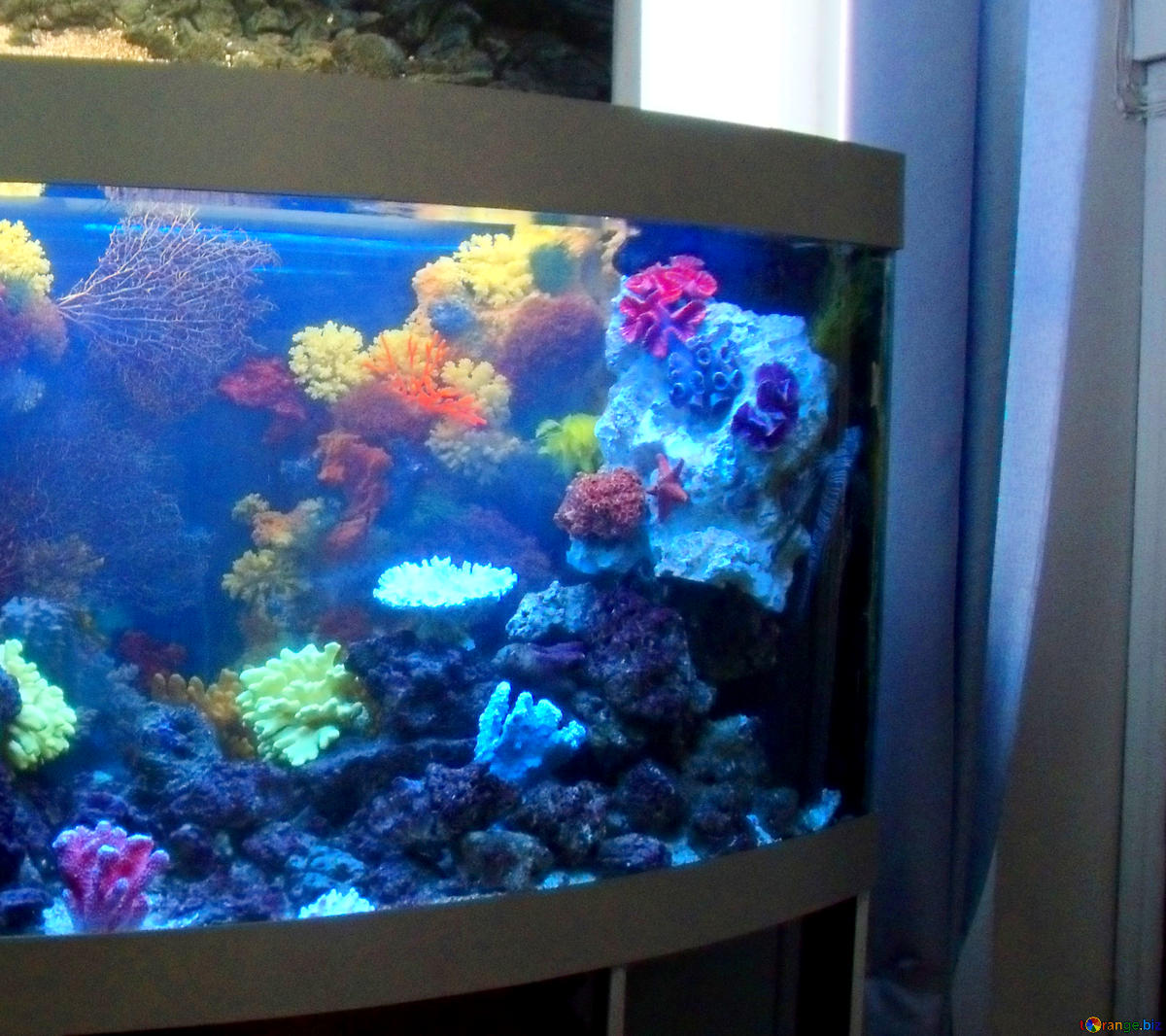Today a new way of growing vegetables is spreading: it is the raised gardening. This type of gardening entails cultivating plants in a plot higher than the ground. You can most commonly achieve this using a kind of fence or frame made of wood, hay bales, stone, etc. Without the bottom parts that raise the soil level, raised gardening greatly facilitates the manual work and saves your back! Let us see some of the advantages and disadvantages of this type of gardening as an alternative (partial or total) to traditional gardening!
1) Ideal for the Soil
In addition to the main advantage, which is to reduce the garden amount in the garden significantly, raised bed gardening generally tends to be much more decorative, neater and better for the soil. You can fill the raised beds with any “mixture” of soil, foliage, aggregates, and soil conditioners that you like and successfully grow vegetables with special needs without spilling any material that can be quite expensive.

2) No Water Use
A drip irrigation system or even a water reserve system can be installed in the containers. This will make the water extremely efficient, avoid any waste, and significantly reduce water evaporation.
3) Placement
You can set up the container at the height you consider most comfortable to work with (at knee height or even higher!). Besides, you will observe the plants more closely and notice any damage or growing problems immediately.
4) Better Drainage
When soil is less compacted, it allows a better drainage. The moisture has room to move and drain when it needs to. Besides, a better draining means that plants will be healthier and produce more.

5) Away From Snails
The raised bed garden is particularly suitable for growing classic salad vegetables. However, when cultivated on the ground, they are highly threatened by slugs that adore their young shoots, while in a box, they are more challenging to reach.
6) Say Goodbye to Weeds
Even in a box, invasive weeds can overtake and kill neighboring plants as well as beneficial insects. Besides, weeds compete with vegetables, flowers, grass, etc., for nutrients, sunlight, water, leaving non-weed plants starving. However, unlike what happens on the ground, it is extremely easy to eradicate them in a raised bed container.
Disadvantages of the Raised Garden Compared to the Traditional Garden?
1) The Initial Cost
The initial production of these containers is undoubtedly more expensive. However, they can also be built with a simple do-it-yourself method and will last for many years if you choose durable materials (e.g., autoclave wood)
2) No Use of Machinery
Vegetable gardens, especially those at “table” height, do not allow the use of agricultural machinery. However, these are not necessary. The substrate created in the container is ideal for cultivation, soft and rich, without the need for mechanical processing.
Nothing distracts from the fact that the raised garden solution can also be adopted only partially. For instance, some containers may be used for vegetables while others for aromatic plants. Tomatoes or climbing vegetables can be left for traditional gardening since these would not be convenient to work within a container.
Raised bed gardening makes gardening an activity accessible to all, especially for those with limited mobility (for example, older people), and offers them the gifts of the earth with much less effort. It also allows those who have a small balcony garden to have a high level of productivity (thanks to the right amount of soil in the boxes), even without having an actual garden.
Share your thoughts with us in the comments below!



